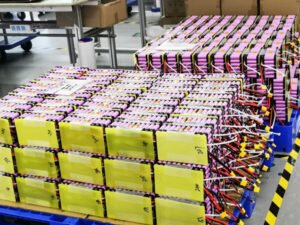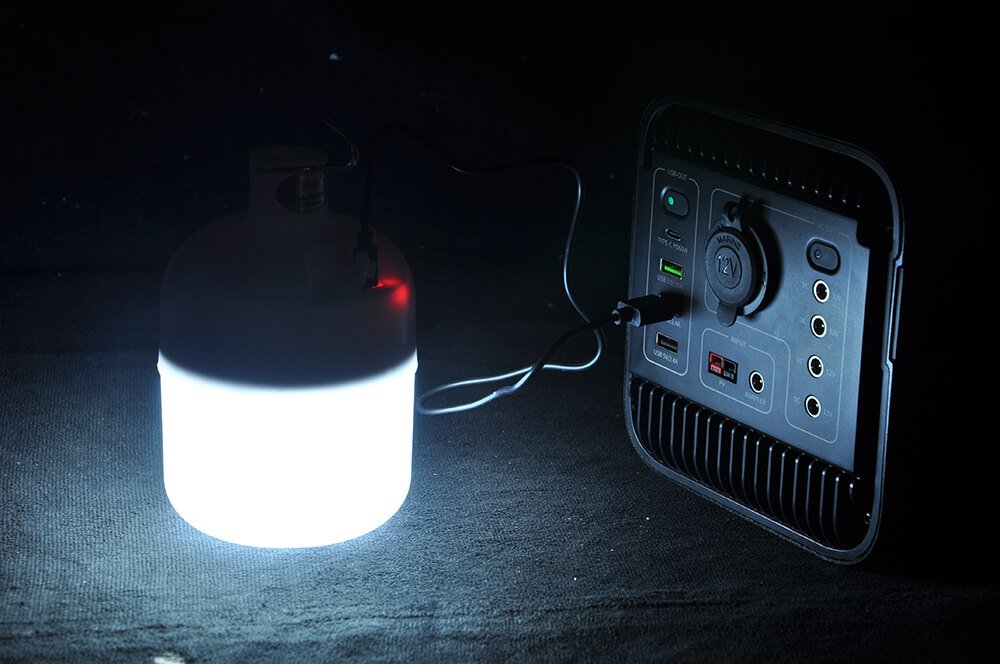Safer to use
The P-O chemical bond of lithium phosphate is relatively stable, and it will be decomposed only when the temperature reaches 700-800 degrees Celsius. Even if the battery is deformed and damaged, oxygen molecules will not be released, and severe combustion will not occur. Therefore, lithium-iron batteries have better stability and safety performance.
Much longer lifespan
LiFePO4 battery has a cycle life of more than 2000 times under its standard 100% charging and discharging. It only lasts 3 to 3.5 years for a lithium-ion battery. While the cycle life will reach 7 to 8 years for LiFePO4 batteries which work in the same conditions.
Better in high temperature resistance
The thermal peak of the LiFePO4 battery can reach 350℃ -500℃, while the lithium manganate and lithium cobalt only in about 200℃. A wide range of operating temperatures (-20℃ to -75℃), which is much greater in high-temperature resistance.
Depth of Discharge
Lithium Iron Phosphate batteries have an astonishing depth of discharge of an astonishing 100%. This means that you can fully drain the battery without any worry of damaging it.



